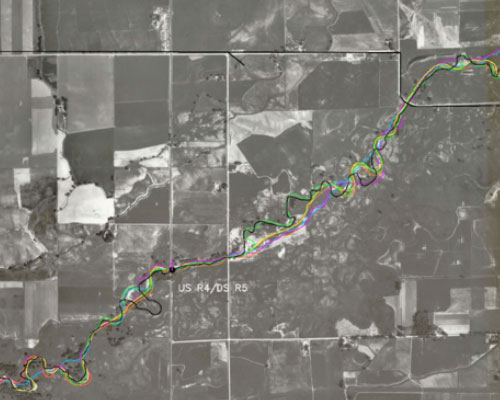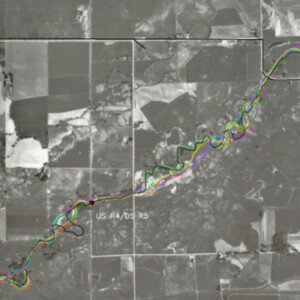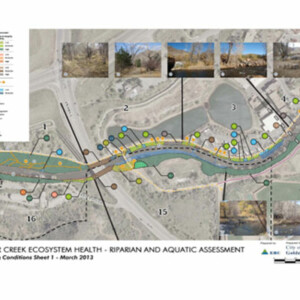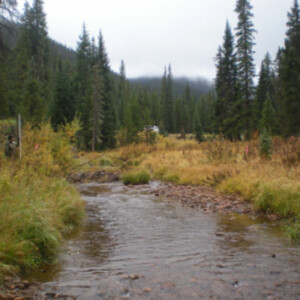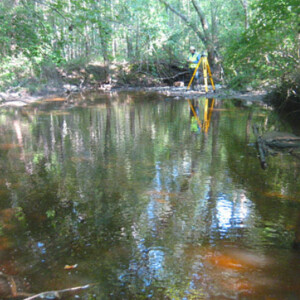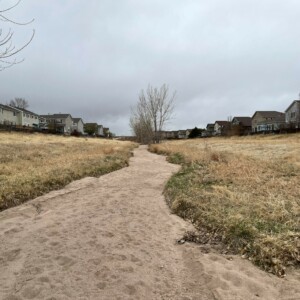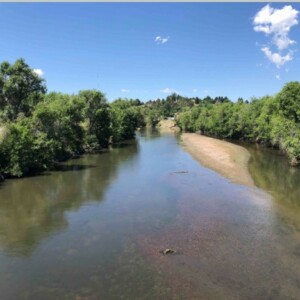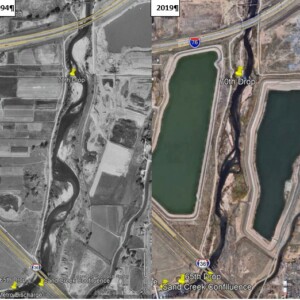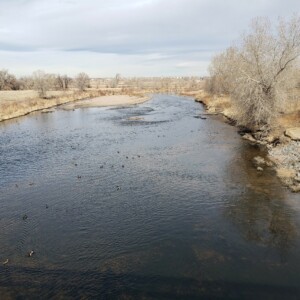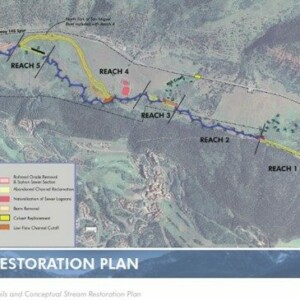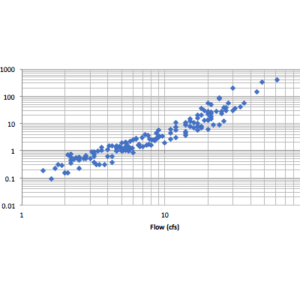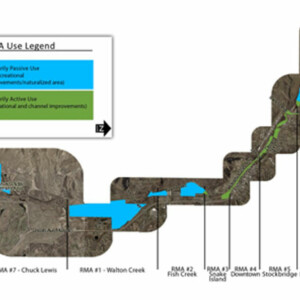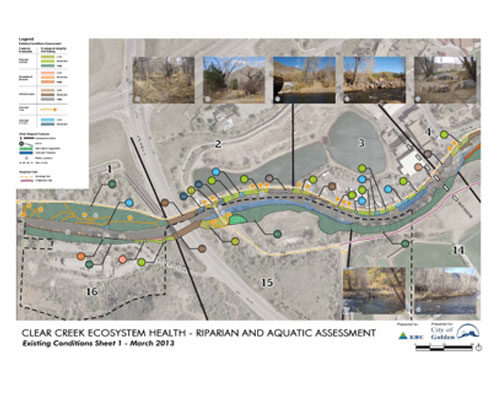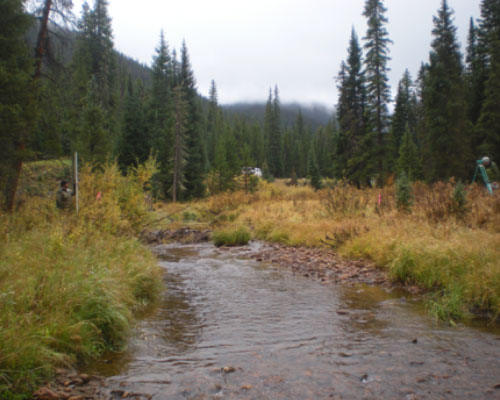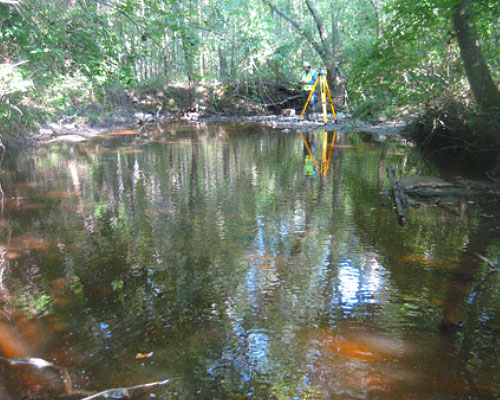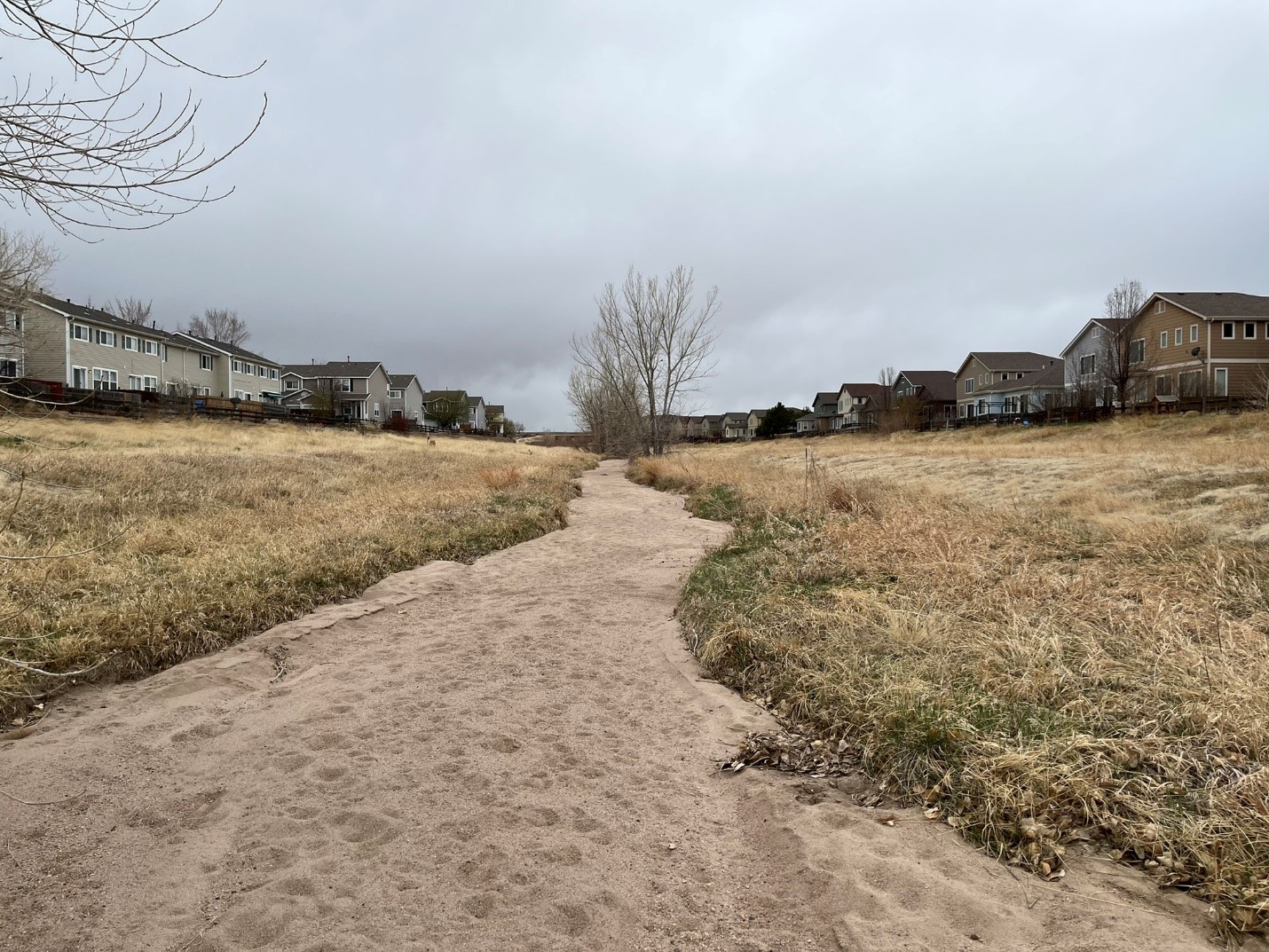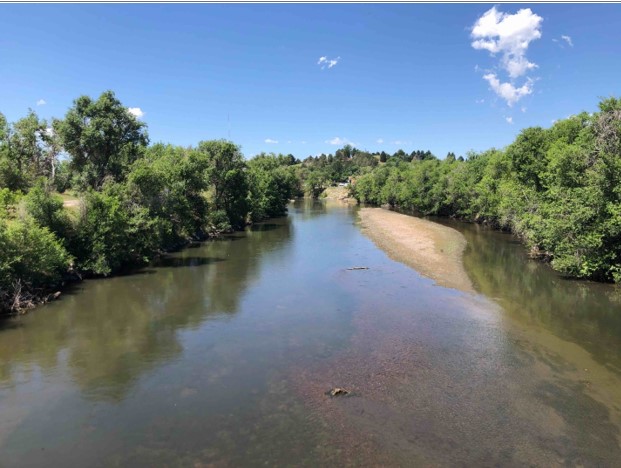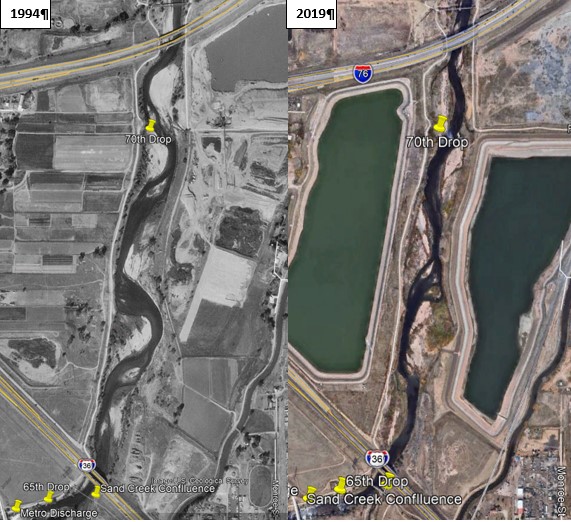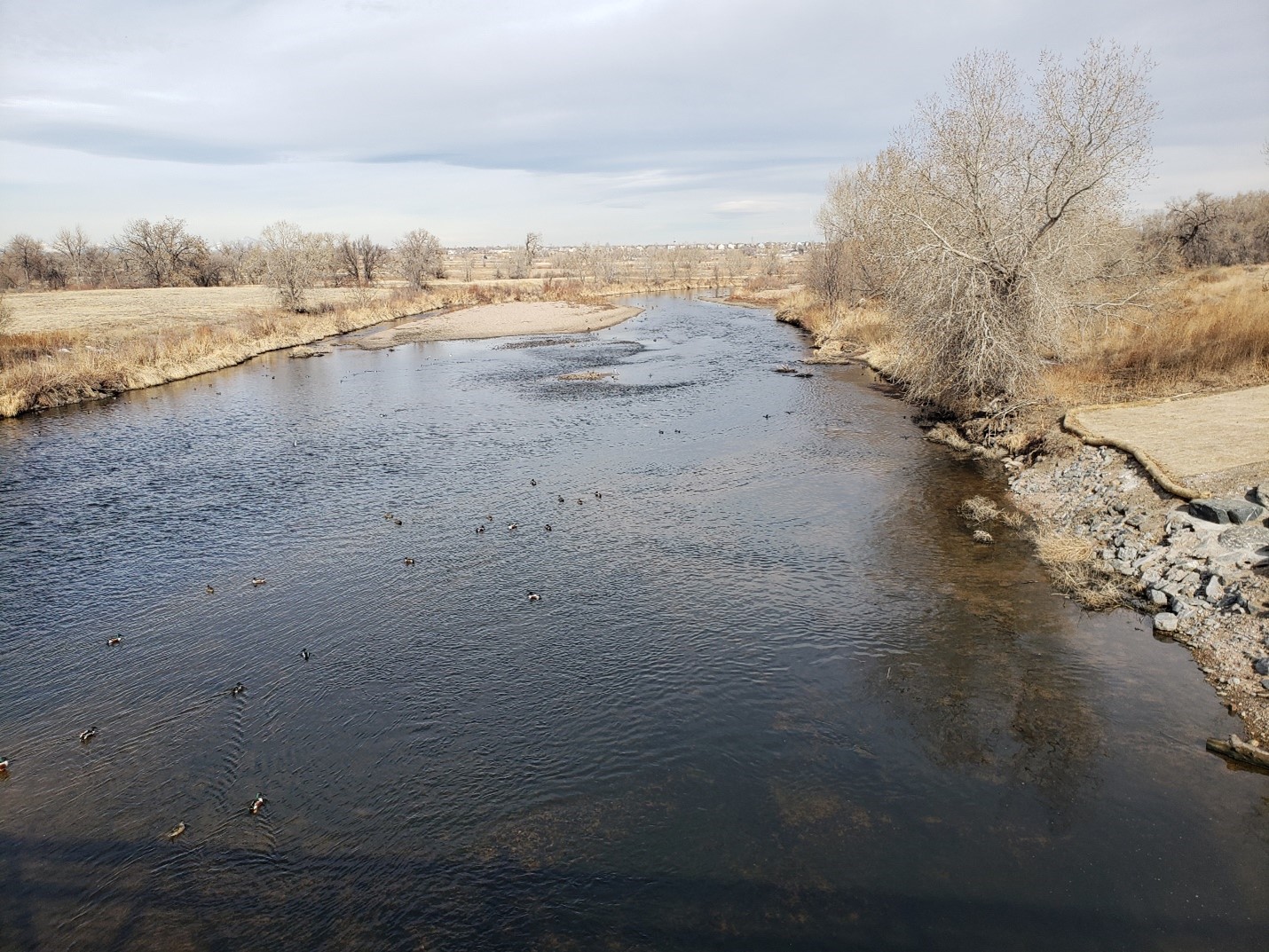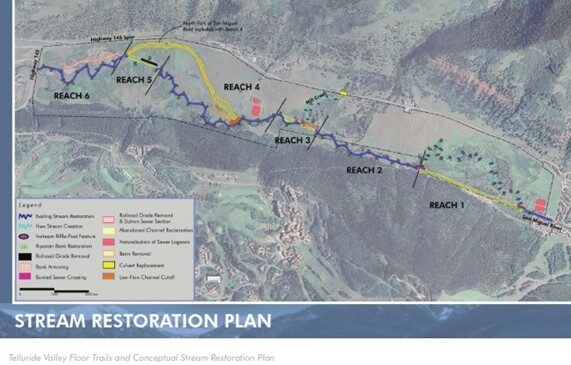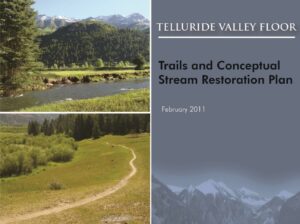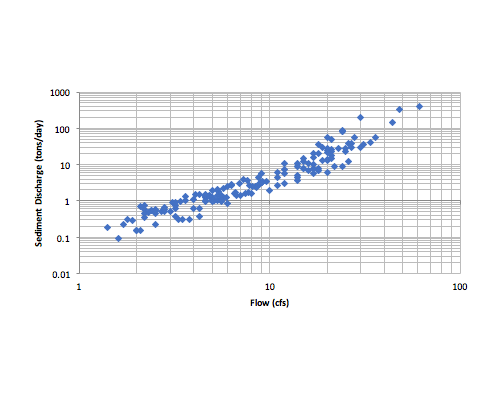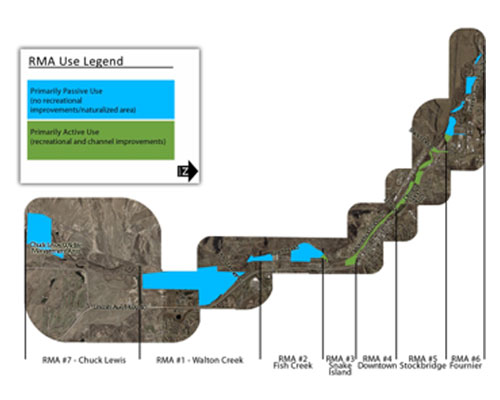Clear Creek
Golden, CO
Clear Creek serves as an integral component of the City of Golden. The City in recent years has undertaken significant efforts in developing the Creek corridor as a recreational and natural focal point with the city. Through improvements and planning the corridor has developed into an extremely successful public amenity as observed by high year round recreational and visitor use. This high recreational use and great demand periodically exceeds the corridor’s capacity. A growing concern has developed that when high recreational use exceeds capacity, not only does user conflict increase and experience quality decrease, but the riparian and aquatic ecosystem health may also be significantly at risk. ERC was contracted by the City to conduct an assessment of the corridor in the context of riparian and aquatic ecosystem health as well as provide potential ecosystem protection and management strategies. The Project Area included approximately 1-mile of Clear Creek extending through the heart of the City.
ERC performed an existing conditions assessment of the Creek corridor to identify the gradient of ecological condition by identifying areas of high, moderate and low ecological integrity. Based on the existing condition assessment and a thorough understanding of recreational use patterns, ERC developed ecosystem protection and management strategies which focused on proving enjoyable and safe recreation use while preserving and enhancing the ecological integrity of the Creek natural resources. Sixty specific areas of interest were identified. Management strategies were developed for each area of interest, ranging from preservation of existing high quality habitats through use elimination, bio-engineered bank stabilization, structural stabilization (boulder terrace), formalized access points and riparian habitat restoration. ERC assisted the City with public open house presentations of the project as well as detailed design development, project prioritization, USACE permitting, City floodplain permitting and construction implementation of select improvements.
Project Categories:
stream-assessments